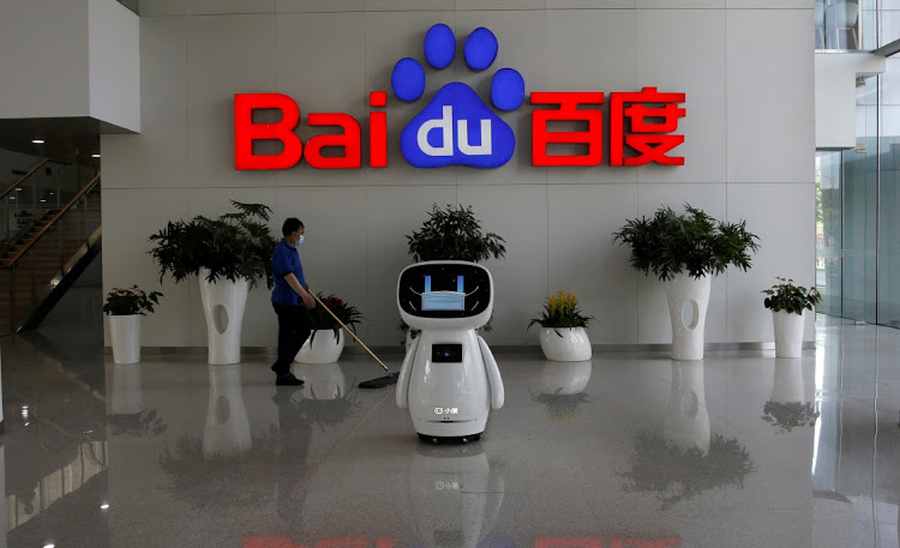China’s Baidu to launch a competitor to ChatGPT in March as AI race heats up

Watch out, ChatGPT! There’s a new sheriff in town. Chinese internet search giant Baidu is about to take on the popular OpenAI’s dialogue-based artificial intelligence (AI) chatbot as the AI race heats up.
While everyone has been raving about ChatGPT, Reuters reported morning that Baidu is planning to launch its own AI chatbot service similar to OpenAI’s ChatGPT in March. Baidu plans to launch the service as a standalone application and gradually merge it into its search engine, said the person, who declined to be identified as the information is confidential, Reuters reported, citing a person familiar with the matter.
Chatbots are currently used in China in areas such as Digital Human as a Service (or DHaaS) and social interactions while ChatGPT performs better at more conversational and professional tasks, such as programming and content writing.
As we reported early this month, Baidu is already using chatbots to help companies “recruit” digital humans to usher in a new era of what’s called Digital Human as a Service (or DHaaS). These digital humans or “virtual people” are a blend of animation, sound tech, and machine learning that create digitized human beings who can sing and even interact on a live stream show.
Now, Baidu is planning to expand its focus and incorporate chatbot-generated results when users make search requests, instead of only links, the sources told Reuters. Baidu declined to comment on the news.
OpenAI first released ChatGPT to the public on November 30, 2022. Just five days after its launch, ChatGPT crossed one million users, according to a post by Open AI co-founder Sam Altman. To put that in perspective, it took Netflix 3.5 years, Facebook 10 months, Spotify 5 months, and Instagram 2.5 months to reach the one million users mark.
On Wednesday, OpenAI released its much-anticipated prototype general-purpose ChatGPT, a dialogue-based AI chat interface for its GPT-3 family of large language models. The mind-blowing ChatGPT is a successor to the Generative Pre-trained Transformer 3 (GPT-3), which is an autoregressive language model that uses deep learning to produce human-like text.
ChatGPT was adapted from the GPT-3.5 model but trained to provide more conversational answers. However, unlike the GPT-3, the new ChatGPT demonstrates an array of new capabilities including the ability to engage in conversations with users, write software codes, tell stories, and provide solutions to complex mathematical equations. The beauty of it all is that you can test out the new chatbot for yourself right here.
ChatGPT could do virtually everything from writing poetry, and correcting coding mistakes with detailed examples, to generating AI art prompts. It can even explain the worst-case time complexity of the bubble sort algorithm.
For now, the ChatGPT is currently free to use with an OpenAI account during a testing phase. Unlike the GPT-3 model found in OpenAI’s Playground and API, ChatGPT provides a user-friendly conversational interface and is designed to strongly limit potentially harmful output.
On its announcement blog page, OpenAI writes:
“We’ve trained a model called ChatGPT which interacts in a conversational way. The dialogue format makes it possible for ChatGPT to answer followup questions, admit its mistakes, challenge incorrect premises, and reject inappropriate requests. ChatGPT is a sibling model to InstructGPT, which is trained to follow an instruction in a prompt and provide a detailed response.”

